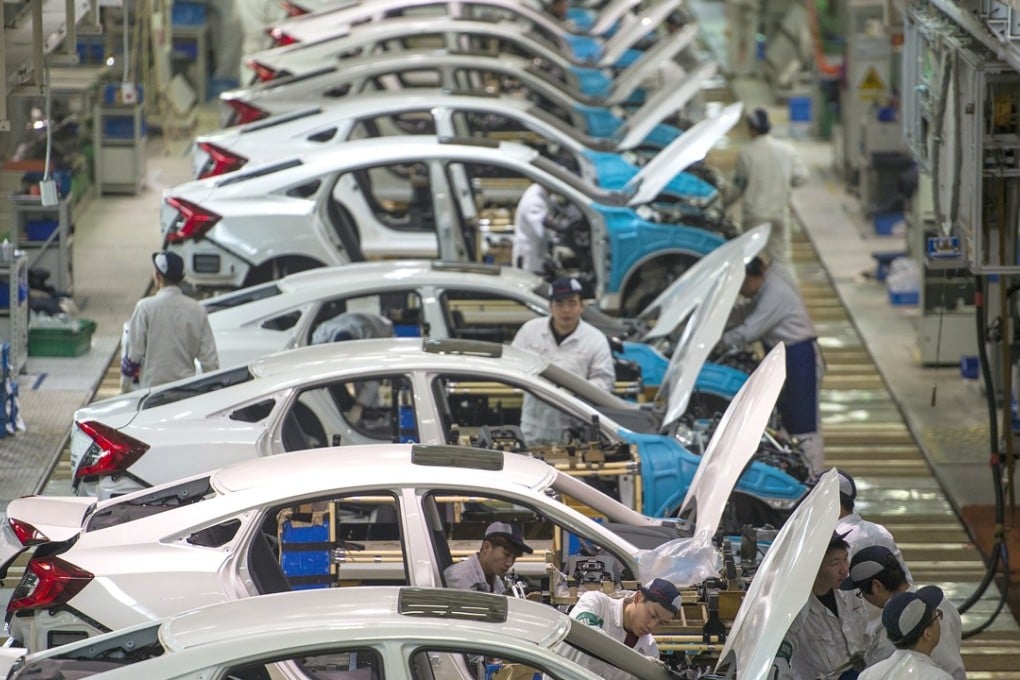Exclusive | In China’s Motown, Dongfeng Motor epitomises how state ownership thrives, evolves under capitalism
- For five decades, Second Auto – now called Dongfeng Motor – has been the evolving face of China’s state-owned enterprises
- Now it is facing pressure to change again, as private automobile makers provide a nimbler competition for this massive organisation

Si Fumin spends a lot of time reminiscing about the past and worrying about the future these days.
When he began working as a teenage technician on the car frame line in this landlocked city of Shiyan during the late 1980s, Dongfeng Motor was still known as the Second Automobile Works (Second Auto), a holdover from Mao Zedong’s 1964 diktat to invest in defence, technology, mining, manufacturing and power production to spearhead China’s industrialisation.
For almost five decades, Dongfeng would epitomise the changing face of China’s state-owned enterprises (SOEs), from their formative years, to their rapid growth and globalisation when China joined the World Trade Organisation in 2000, to their maturity.
Now, as China’s economy grows at its slowest pace in a decade with a raging trade war with the United States, state enterprises like Dongfeng must shift gears again to compete against smaller, nimbler private companies.

Nowhere is that transformation displayed more vividly than in Shiyan, about five hours’ drive from Hubei’s provincial capital of Wuhan, along a highway built in 2006.
“Going back 40 years, people in Shiyan were probably the happiest in the province, if not nationwide,” said Ye Qing, deputy head of the Hubei provincial statistics bureau, during a recent interview with the South China Morning Post.